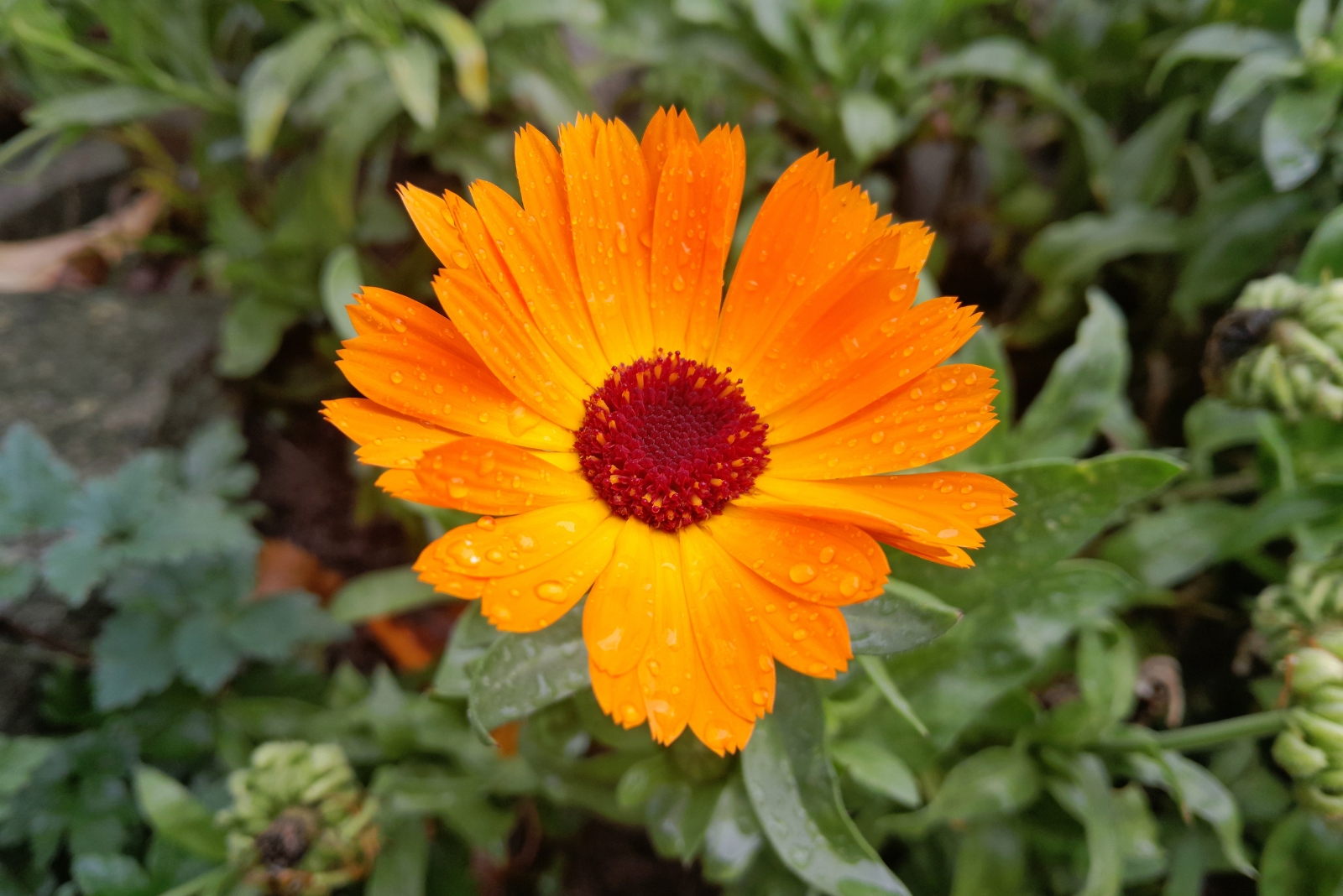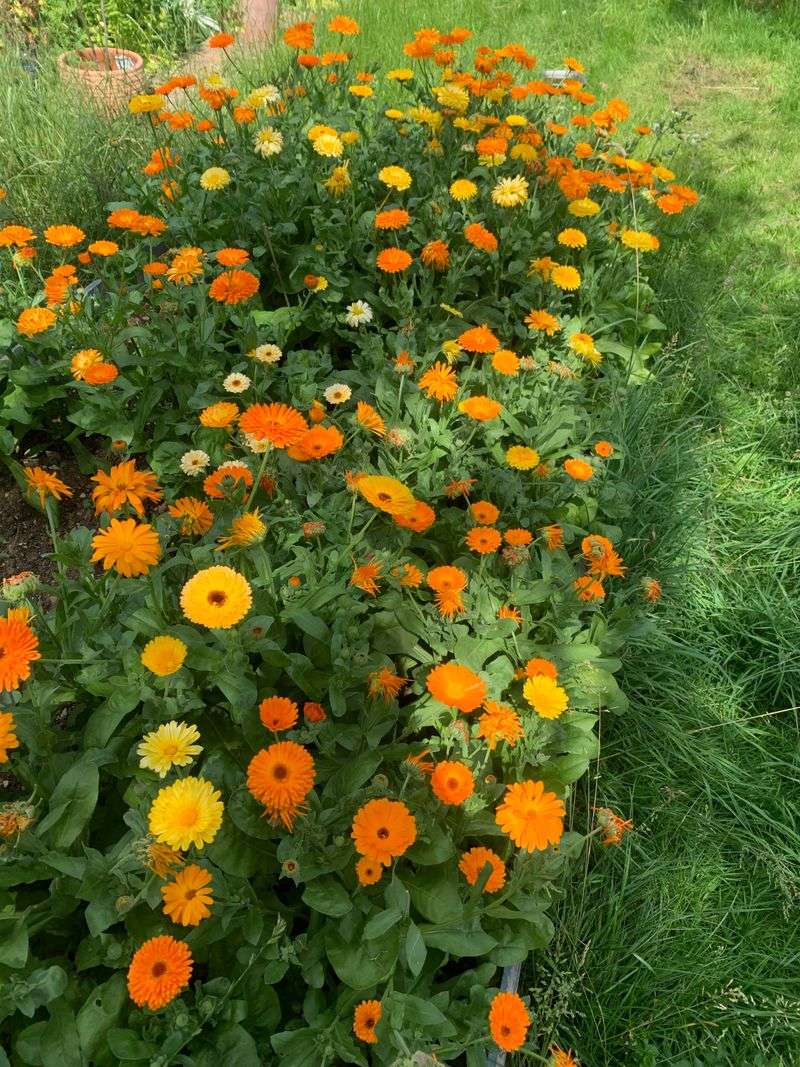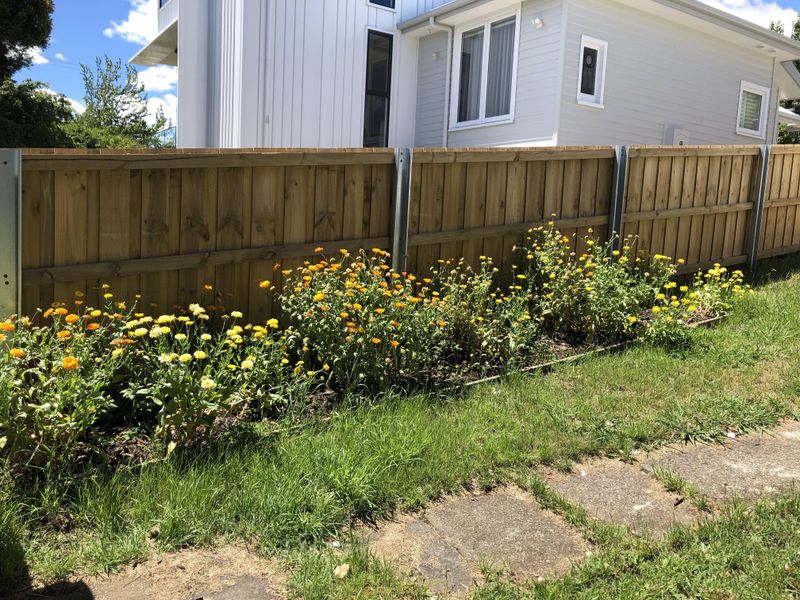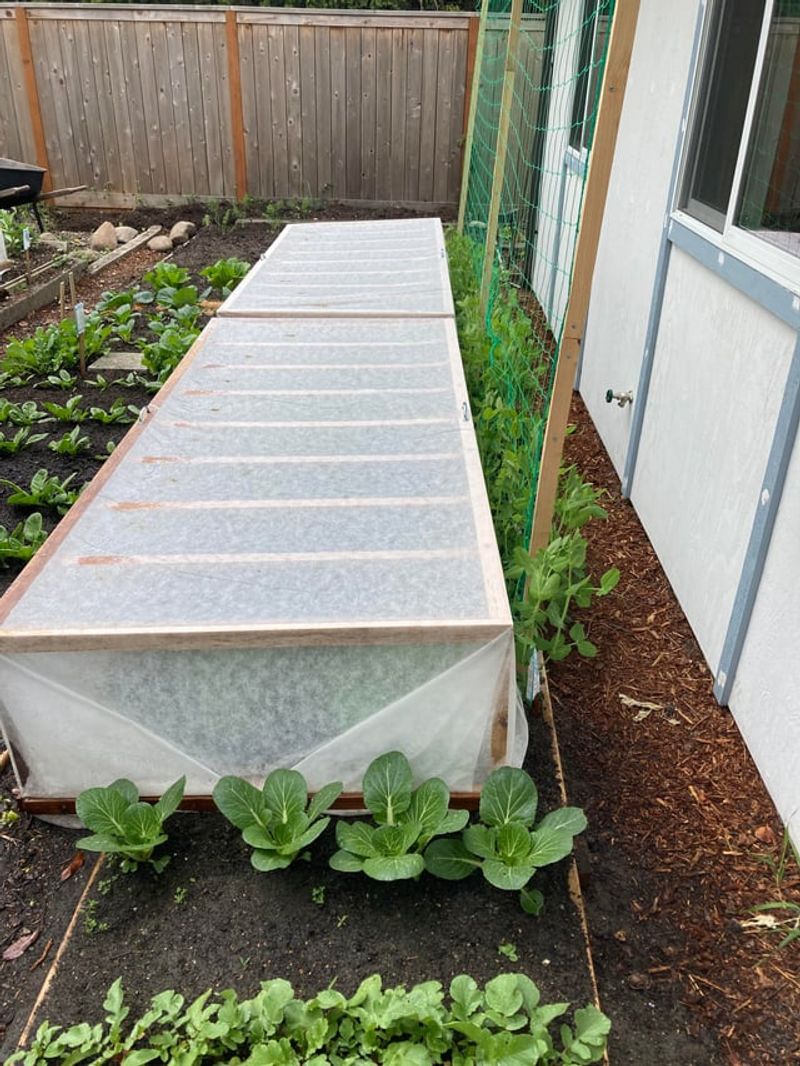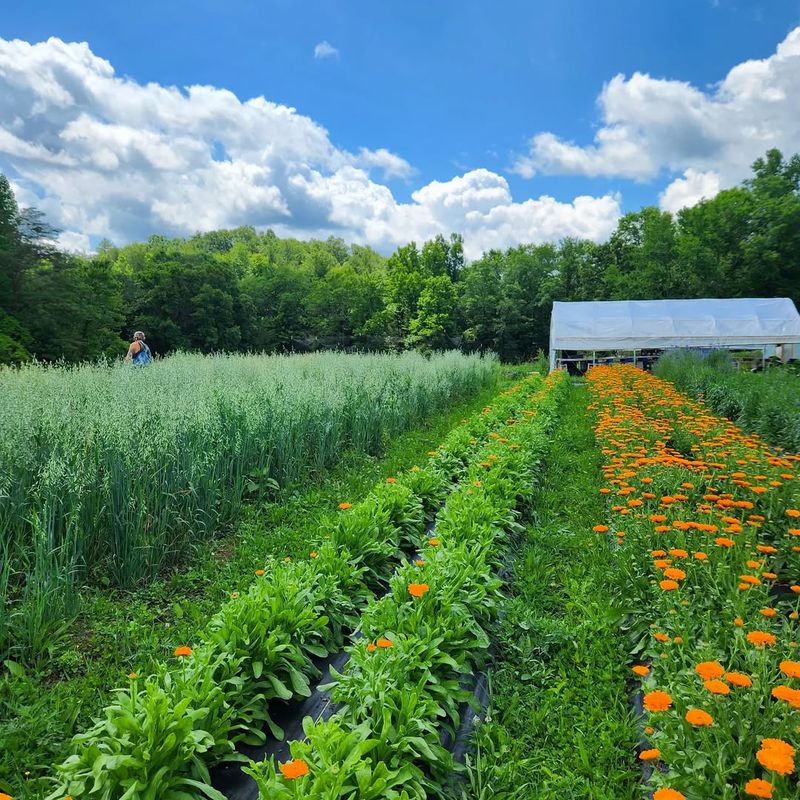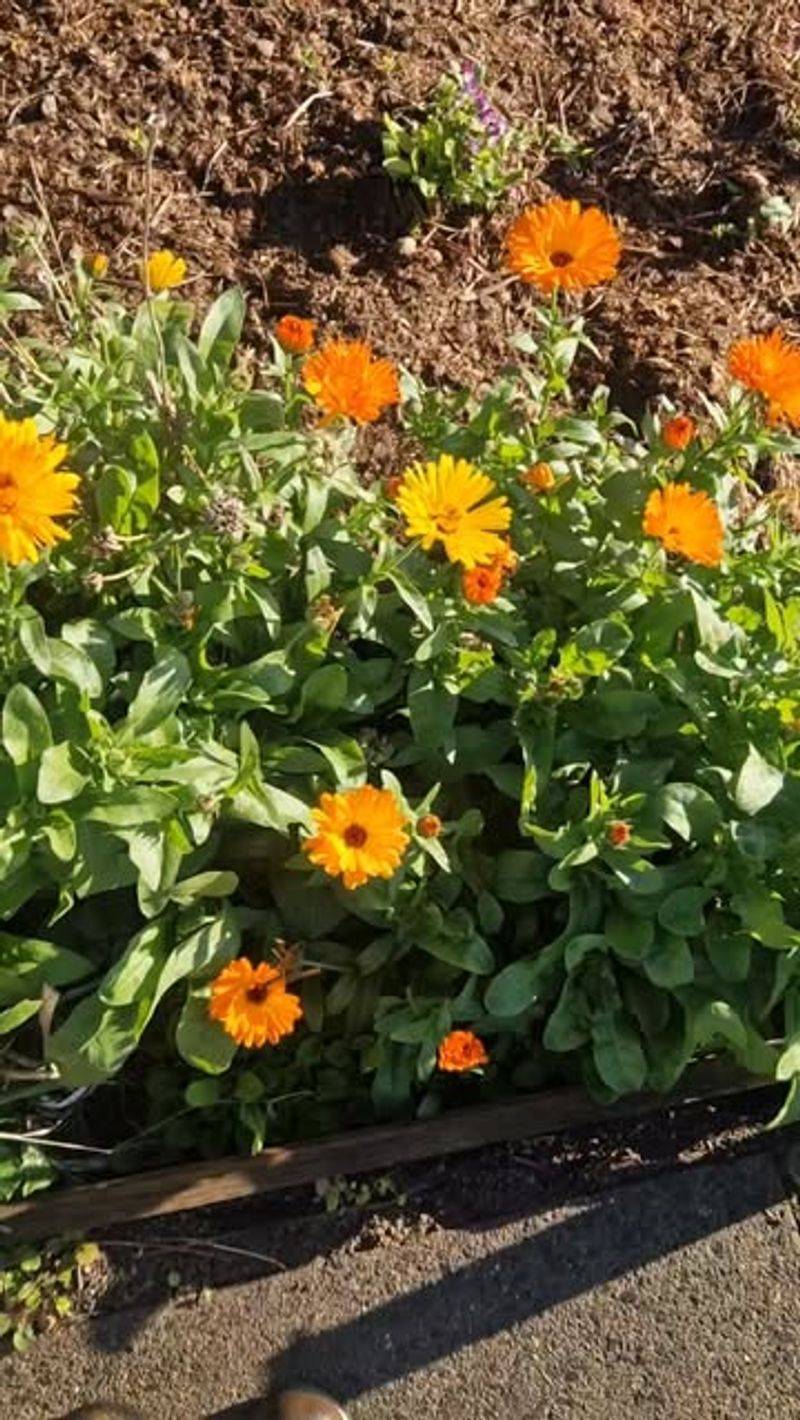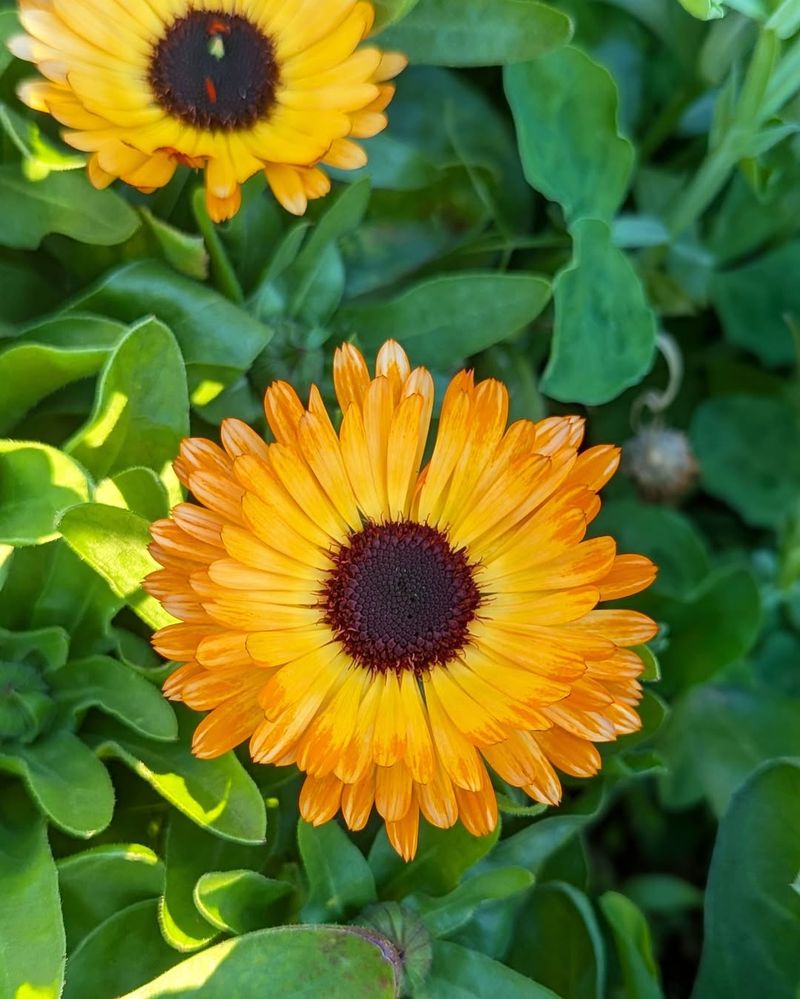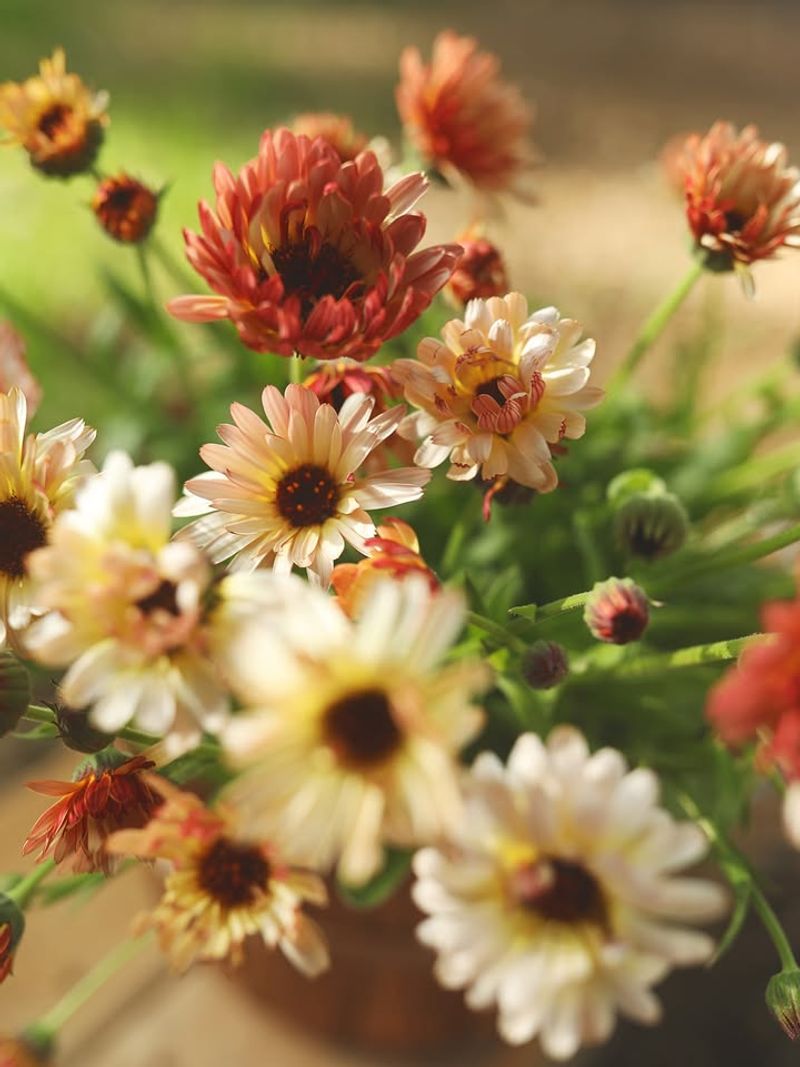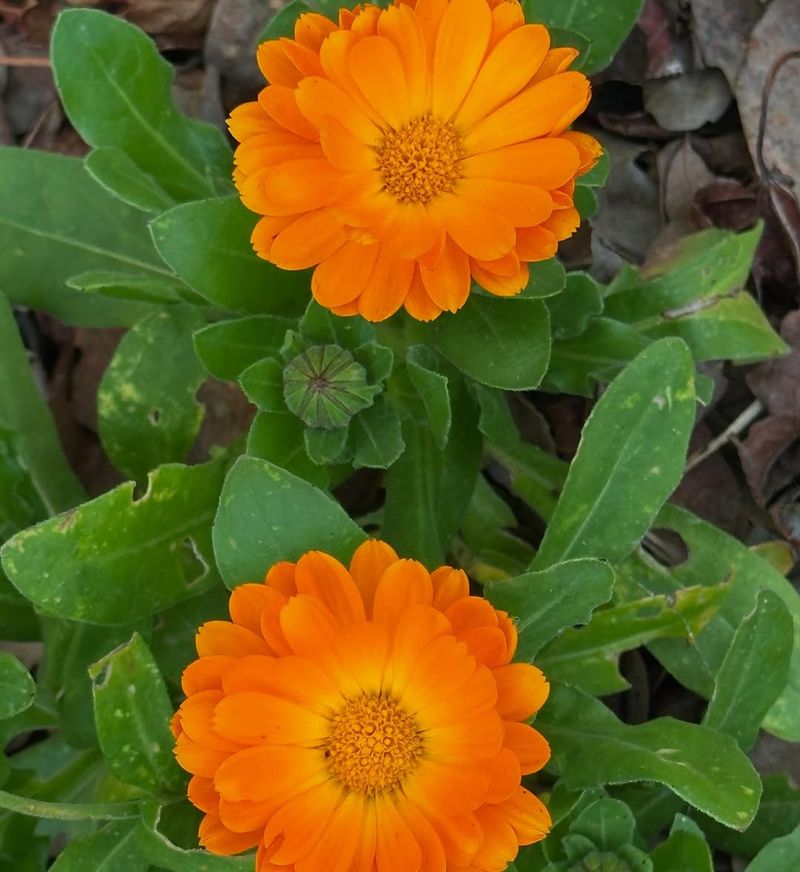Oregon gardeners have this charming little habit that keeps their calendula glowing long after most flowers call it quits for the year.
It’s honestly the kind of winter win that makes you smile when you step outside and notice those bright petals still hanging in there.
Once you see how simple their approach really is, you’ll understand why their December gardens feel a bit more cheerful than everyone else’s.
1. Oregon’s Mild Coastal Climate Creates Perfect Conditions
Coastal regions throughout Oregon rarely experience harsh freezes that would stop calendula from producing flowers during late fall and early winter months ahead.
Temperatures near the Pacific Ocean stay moderate enough that calendula plants continue their growth cycle without facing extreme cold snaps that damage tender petals.
Many Oregon gardeners living near the coast enjoy calendula blooms well past Thanksgiving because their microclimates protect plants from typical winter hardships elsewhere.
2. Strategic Deadheading Encourages Continuous Flower Production
Removing spent blooms before they form seeds tricks calendula plants into thinking they need to produce more flowers to complete their reproductive cycle successfully.
Oregon gardeners who deadhead their calendula every few days notice significantly more buds forming throughout November and December compared to plants left unattended completely.
This simple maintenance task takes only minutes but rewards gardeners across Oregon with weeks of additional blooms when other gardens look bare and dormant.
3. Cold Frames and Row Covers Extend Growing Seasons
Simple protective structures trap warmth around calendula plants during chilly Oregon nights while still allowing sunlight to reach leaves and flowers during daytime hours.
Gardeners throughout Oregon use inexpensive materials like PVC pipes and clear plastic sheeting to create mini-greenhouses that keep calendula blooming through December frosts.
Row covers made from lightweight fabric also protect flowers from wind damage while maintaining air circulation that prevents mold growth on petals and foliage.
4. Succession Planting Ensures Fresh Blooms All Season
Smart Oregon gardeners plant new calendula seeds every two to three weeks from summer through early fall to guarantee young plants reach blooming stage throughout winter.
Younger calendula plants often produce more vigorous flowers during cold months compared to older specimens that planted way back in spring and are naturally slowing down.
Staggered planting schedules mean Oregon gardens always have calendula at peak bloom stage rather than relying solely on tired plants struggling through their final weeks.
5. South-Facing Garden Spots Capture Maximum Winter Sunlight
Positioning calendula beds where they receive the most possible sun exposure during short December days makes enormous difference in flower production throughout Oregon gardens.
South-facing locations gather warmth from low winter sun angles and protect plants from cold north winds that sweep through the Willamette Valley and other regions.
Oregon gardeners who relocate container-grown calendula to sunnier spots during autumn often see blooming continue weeks longer than plants stuck in shadier locations nearby.
6. Mulching Around Plants Insulates Roots From Temperature Swings
Applying organic mulch like straw or shredded leaves around calendula stems helps Oregon soil maintain steady temperatures despite fluctuating weather patterns throughout December months.
Root systems protected by mulch layers continue absorbing nutrients and water efficiently, which supports ongoing flower production even when air temperatures drop below comfortable levels.
Gardeners across Oregon find that mulched calendula plants bounce back faster after cold snaps and produce more blooms than plants growing in bare exposed soil.
7. Selecting Cold-Hardy Varieties Makes Winter Blooming Easier
Not all calendula varieties tolerate cold equally well, so Oregon gardeners choose cultivars specifically bred for extended blooming periods in cooler temperature ranges and conditions.
Varieties like Pacific Beauty and Resina produce flowers reliably even when nighttime temperatures across Oregon dip into the thirties, unlike more delicate heat-loving cultivar options.
Seed catalogs often indicate which calendula types perform best in maritime climates, helping Oregon gardeners select varieties that naturally bloom longer into winter months ahead.
8. Regular Light Fertilizing Supports Ongoing Flower Development
Calendula plants blooming into December need gentle nutrition boosts to maintain energy for flower production even though Oregon gardens naturally slow down during colder months.
Diluted liquid fertilizers applied every two weeks provide necessary nutrients without overwhelming plants that have reduced growth rates compared to their vigorous summer performance levels.
Oregon gardeners avoid heavy feeding that encourages leaf growth over flowers, instead choosing balanced formulas that support blooms without pushing excessive foliage during winter.
9. Consistent Watering Prevents Stress That Stops Blooming
Even during Oregon’s rainy winter season, calendula plants under eaves or in protected spots may need supplemental water to prevent drought stress that halts flowering.
Gardeners throughout Oregon check soil moisture regularly because inconsistent watering causes calendula to focus energy on survival rather than producing the beautiful blooms everyone desires.
Maintaining evenly moist but not waterlogged soil helps calendula plants stay healthy and productive through December, especially during occasional dry spells between Oregon rainstorms.

